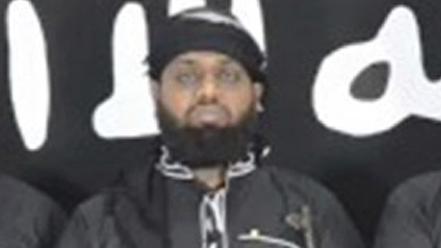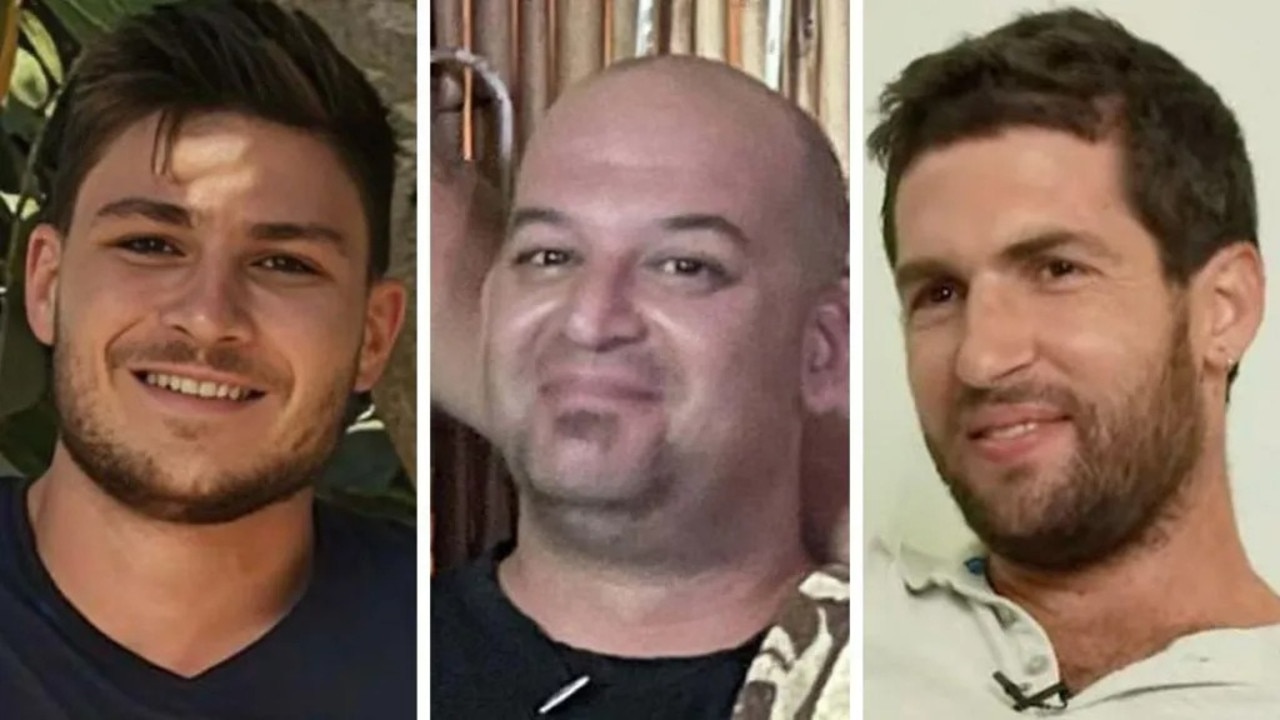Sri Lankan terrorist studied in Australia
At least one of the Sri Lankan terrorists involved in the Easter attacks studied in Australia.

At least one of the Sri Lankan Islamic State terrorists involved in the Easter Sunday suicide bombings completed postgraduate studies in Australia, a minister confirmed yesterday, as the death toll from one of the worst attacks since 9/11 climbed to 359.
The revelation throws a terror spotlight once again on Australia, just over five weeks after NSW man Brenton Tarrant gunned down 50 Muslims during Friday prayers in the New Zealand city of Christchurch.
Sri Lankan junior defence minister Ruwan Wijewardene said yesterday many of the bombers were well-educated young men from stable families and some of them had studied overseas, mirroring the profile of ISIS terrorists involved in recent attacks across Asia.
“We believe one of the suicide bombers studied in the UK and later on did his postgraduate (degree) in Australia before coming back to Sri Lanka,” he said.
At least one of them held a masters in law. “Some of the suspected bombers, most of them, are well-educated and come from maybe middle or upper middle class so are financially independent and their families are quite stable,” he said. “That’s a worrying factor in this because some of them have studied in various other countries.”
ISIS claimed responsibility for the attack late on Tuesday and later uploaded a video to its Amaq website purporting to show eight of the nine bombers, including the cell’s leader, Zahran Hashmi, pledging allegiance to ISIS emir Abu Bakr al-Baghdadi.
In the video, the bombers yell “Allahu akbar” and point index fingers upwards in an ISIS gesture signalling loyalty to Allah. One of the masked figures is believed to be the wife of one of the men.
Muslim Council of Sri Lanka vice-president Hilmy Ahamed told The Australian he understood at least one of two brothers involved in the bombings, sons of a wealthy Colombo spice trader, had studied in Australia.
Several British media reports overnight named the bomber as Abdul Lathief Jameel Mohamed.
Of the four sons of the spice trader, he said, two had studied in Australia and one in Bangladesh, where similarly well-educated young men in 2016 staged the Holey Artisan cafe attack in which 22 people died. In that case, too, at least one had studied in an Australian university. Members of the ISIS-affiliated Maute group responsible for the 2016 Marawi siege in The Philippines were also university-educated men.
The two Sri Lankan brothers, Inshaf and Ilham Ibrahim, are understood to have detonated suicide bomb vests at the Shangri-La and Cinnamon Grand hotels in central Colombo. One of the men’s wives, Fatima, blew up herself and her two small children hours later as police raided the family property in the Colombo suburb of Dematagoda.
Among those killed at the Cinnamon Grand were Perth couple Sally Bradley and Bill Harrop, British citizens who had lived in Australia since 2013. Two more Australians, Manik Suriaaratchi and her 10-year-old daughter Alexandria, were killed in the bombing of St Sebastian’s church in Negombo.
Both brothers were involved in their father’s spice export business and the family’s Colossus copper factory, which police believe was the source of components used in the suicide bombs, but they had apparently led a secret life as members of an ISIS cell that recruited fighters, ran a training camp outside Colombo and spent months gathering explosives and bomb components.
Indian intelligence sources had warned Sri Lankan authorities as much as six months ago that a local terror plot was being hatched, based on information gleaned from an Indian ISIS suspect who claimed to have trained Hashmi. Further warnings from Indian intelligence were issued earlier this month and as recently as a few hours before the attacks, specifically naming Hashmi and his National Thowheeth Jama’ath group as being behind the plot.
Yesterday, Sri Lankan officials walked back from earlier statements blaming NTJ, indicating instead that Hashmi had broken away to establish a more extreme group that carried out the bombings. Hashmi is believed to have been the second suicide bomber in the Shangri-La blast. Asked about the ISIS link yesterday, Mr Wijewardene said: “Right now ISIS has claimed responsibility but I can say just through ideology and maybe funding.”
Inshaf Ibrahim’s brother-in-law, Ashkhan Alawdeen, told Sri Lanka’s Mirror newspaper yesterday the bomber had left home on Friday saying he was going away on business. Before leaving, he had held his wife’s face in his hands and told her to “be strong”. “She thought it was a bit strange at the time but didn’t think anything of it,” Mr Alawdeen said. “My brother-in-law is a psychopath. He deserves to be punished in hell.”
Indian intelligence sources say Hashmi and the Ibrahim brothers were involved in recruiting and sending at least 36 people to Islamic State in Syria. “This was a cell that was inspired by the Islamic State and its message,” one intelligence officer told India’s First Post news site, adding it was likely the group’s operations were driven more by regional networks than the central ISIS leadership.
Sri Lankan terror expert Rohan Gunaratna said Hashmi broke from NTJ as early as 2014 when he swore allegiance to ISIS and set up a local affiliate. “This operation has been planned with the IS branch in Sri Lanka but working very closely with the IS networks in Syria and Iraq,’’ he said.


